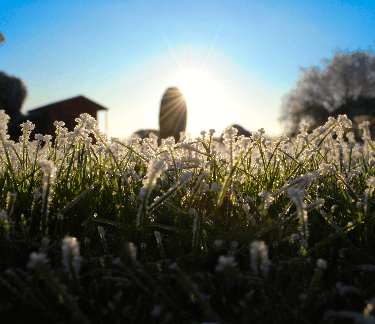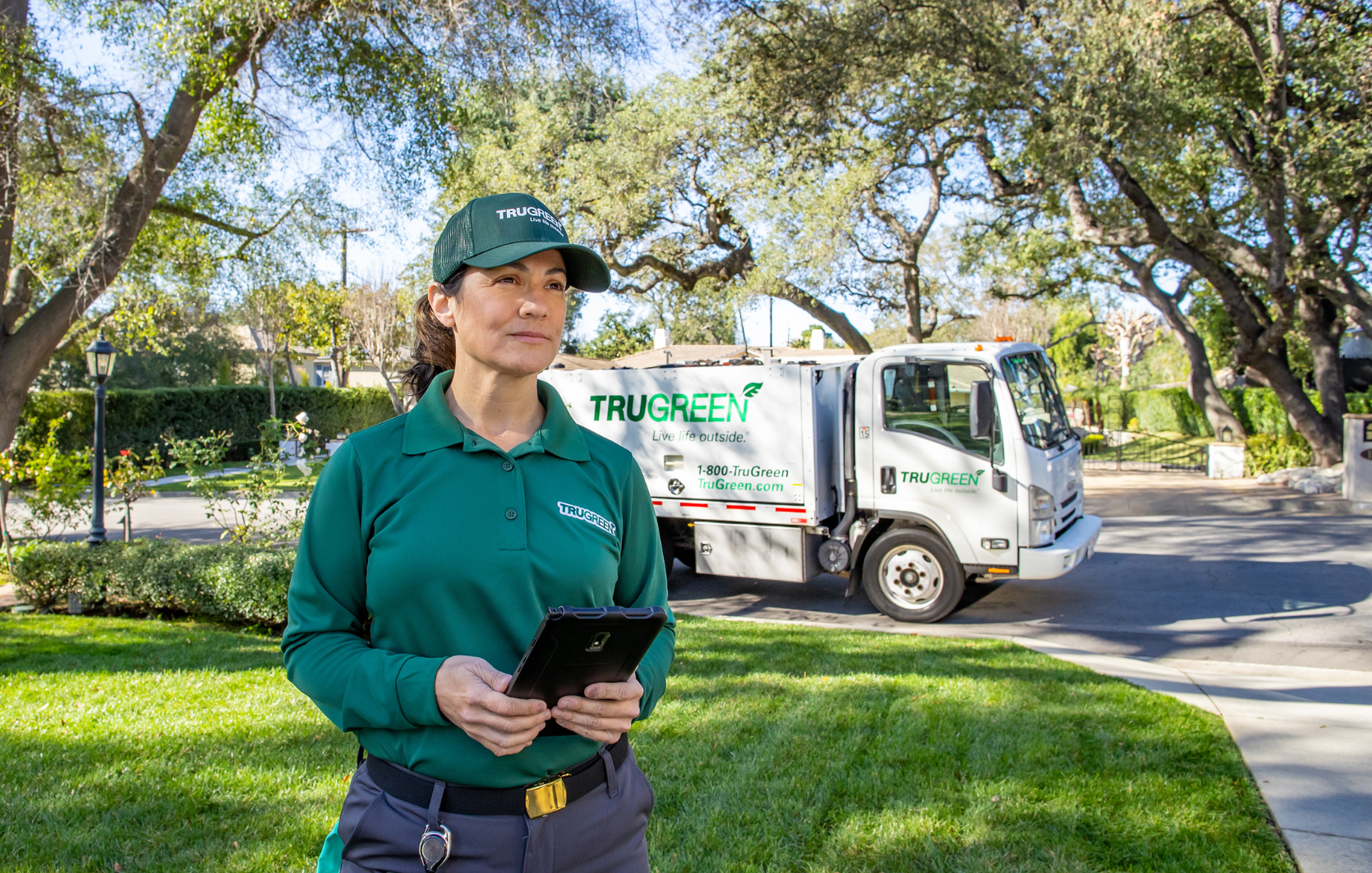High temps and dry weather: perfect for beach days, backyard barbecues and Sunday afternoon picnics. But for your lawn, it’s a different story. Whether you have cool-season or warm-season grass, extended periods of high temperatures can take a toll on your lawn. This is because the intense heat and lack of moisture can stress the grass, leading to a lawn that appears discolored, feels rough and exhibits poor growth.
Since you can’t control the weather, you may be wondering what you can do to protect your grass during a heat wave. Here, we’ll get into the nitty-gritty of what heat can do to your lawn and the steps you can take to counteract the potentially damaging effects of hot, dry weather. Plus, you’ll learn about the TruGreen® lawn care services that can help keep your lawn healthy and happy — throughout the summer and beyond.


 Branch Finder
Branch Finder













 Back to all blogs
Back to all blogs

Facebook
X
Youtube
Copy Link
Email